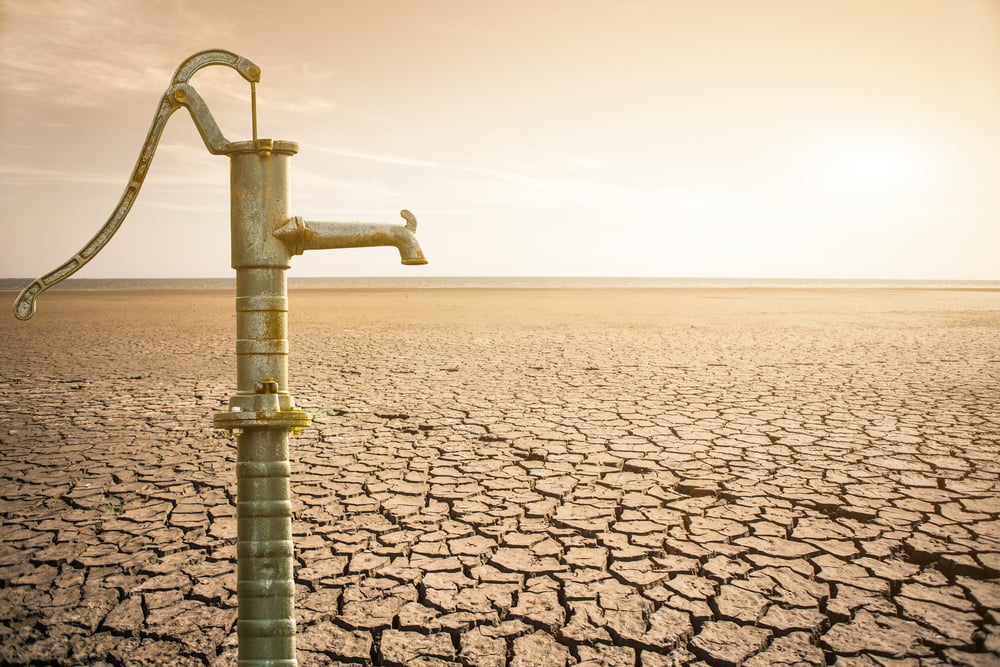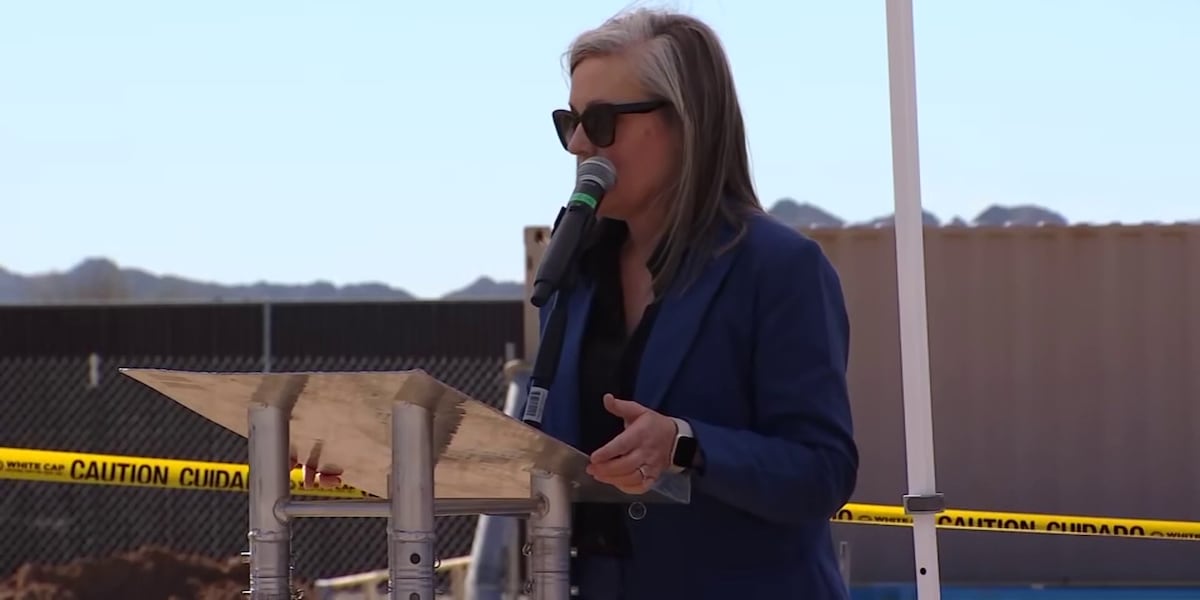Western U.S. navigates water scarcity with innovative reuse strategies

In the arid Western United States, the demand for water surpasses its availability, prompting cities with finite water reserves to explore innovative solutions to maximize their existing resources. Among these solutions is the purification of sewage for reintroduction into the water supply utilized by households and businesses.
Colorado has taken a significant step this year by enacting legislation that outlines regulations for municipalities aiming to adopt direct potable reuse methods. These regulations establish precise water quality standards and mandate public education about the filtration procedures. While Arizona, Texas, Florida, and California have published guidelines for similar technologies, Colorado stands as the first state to enforce a set of obligatory rules.
Despite the expense and stringent standards associated with the process, cities facing rapid growth and constrained water resources find the prospect of maximizing their limited water reservoirs appealing.
Mark Marlowe, water director for Castle Rock, Colorado, highlighted the value of this approach, stating, “We invest significantly in securing a water supply. It’s crucial to utilize it effectively rather than releasing it back into the river for others to use without cost.”
Castle Rock, situated between Denver and Colorado Springs, has experienced remarkable population growth, leading to strain on its primary water source—underground aquifers. As a result, the town has begun purchasing water from neighboring larger cities like Denver and Aurora, while concurrently strategizing to mitigate water limitations through direct potable reuse.
In a move to address these challenges, Castle Rock approved plans to expand its water treatment facility, potentially incorporating direct potable reuse. Marlowe estimated construction expenses to exceed $60 million, acknowledging the significance of this investment given the town’s circumstances.
The architects behind Colorado’s new water reuse regulations emphasized that the costly equipment necessitated the formulation of these rules. Tyson Ingels, lead drinking water engineer for the Colorado Department of Public Health and Environment, stressed the need for municipal leaders to comprehend the financial implications to ensure the viability of these long-term initiatives.
Although no Colorado cities currently employ direct potable reuse systems, Ingels anticipates the emergence of several dozen such systems in the future, with Castle Rock poised to launch a system within three to five years.
Prior to Colorado’s new guidelines, state law categorized drinking water sources into two groups—groundwater and surface water—each governed by specific safety standards. The introduction of the new rules acknowledges a third source: “treated wastewater.” This category requires additional treatment and filtration steps before it qualifies as safe for consumption.
Experts in wastewater treatment emphasize the need to dissociate treated wastewater from its origin as sewage. At a water reuse conference in Boulder, Colorado, Tyson Ingels emphasized that the concept of water reuse is not novel. He highlighted the natural water cycle, emphasizing the need for purification steps regardless of water origin, be it from a creek, reservoir, or through reuse measures.
The exploration of innovative reuse methods underscores the collective effort to address water scarcity in the Western U.S., aiming to secure a sustainable and reliable water supply for growing communities.






